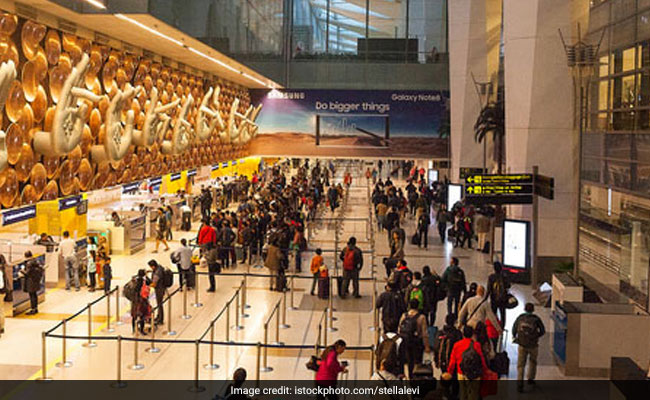Whether you are traveling to Australia or working in Australia, it is important that you know the various visa ports of entry in order to facilitate your trip. This article will provide an overview of the Indian Visa Ports Of Entry and Australian Visa Requirements.
How to purchase an Indian Visa
If you are an Australian citizen and want to visit India, the best way to do so is through a visa-on-arrival. However, purchasing an Indian visa can be complicated, so here are some tips: INDIAN VISA PORTS OF EXIT
The first step is to locate an Indian embassy or consulate in Australia. Once you have located the embassy or consulate, you will need to complete an application form. The application can be downloaded from the Indian government website. You will also need to provide your passport photo, photocopy of your passport (including all pages), proof of Australian citizenship (such as a birth certificate), and enough money (in cash) to cover your stay in India. Finally, you will also need to submit any other required documents.
Once you have completed the application form, you will need to send it along with the required documents to the embassy or consulate. It can take up to six weeks for your visa application to be processed. If you are approved for a visa, be sure to bring your passport valid for at least six months after your planned departure from India so that you do not have any problems when travelling back into Australia.
What are the requirements for an Indian Visa?
If you are an Indian citizen and wish to travel to Australia, you will need a valid Indian visa. The requirements for an Indian visa may vary depending on the type of visa you are applying for. Generally, however, you will need to provide evidence of your citizenship and travel plans. You will also likely be required to undergo a security check. INDIAN VISA FOR AUSTRALIAN CITIZENS
If you are traveling as part of a group, each member of your group must apply for their own individual visa. You cannot apply as part of a group if you are traveling alone. If you are traveling to Australia on business, you will need to provide proof that your company is legitimately involved in business activities in Australia. Additionally, you will need to provide evidence that your visit is not tourism-related. If you are traveling for any other reason, including holiday or study purposes, you will need to provide documentation detailing the purpose of your trip and evidence that you have funds available for your stay.
How long does it take to receive your visa?
When applying for an Indian visa, you will need to submit your application to the nearest Indian embassy or consulate. The application process can take anywhere from a few weeks to several months, depending on the specific visa you are applying for. Once your application has been processed and approved, you will be notified of the visa port of entry where you will need to appear for your visa interview. After your interview, if you are granted a visa, you will be given instructions on how to travel to Australia and when your visa will expire.
Requirements for Australian Citizens visiting India on a Tourist Visa
If you are an Australian citizen travelling to India, your most likely visa requirements will be those of the country you are visiting, not Australia.
Please check with the Indian embassy or consulate in your home country about the visa requirements for India before travelling.
The following is a list of visa requirements for Australians visiting India:
-Tourist Visa (TPV) – Required by all tourists, must have been issued at a authorised Indian embassy/consulate. There is no set period of validity, but it is generally for 3 months or 12 months. You must apply within 30 days of your departure from Australia. The fee is $160.
-Refugee Visa (RV) – Not required by Australian citizens, however may be required if you are a refugee claimant or if you have family members who are refugees.
-Business Visa – Not required by Australian citizens, however may be required if you are undertaking commercial activities in India such as tourism, trade, business meetings etc.
-Student Visa – Required only by students attending schools and colleges outside their home countries for more than 180 days and with valid enrolment documents. Proof of financial support from an educational institution is also required.
What should you do if you overstay your visa?
If you overstay your visa, there are a few things you should do to stay safe and legal. The first thing is to contact the embassy or consulate of the country you are staying in to let them know. If you have an emergency that requires your presence outside of the country, try to get a travel permit from the local police or border control. If you have overstayed for more than six months, you will be subject to criminal penalties including possible imprisonment.
Conclusion
As of now, there are only a few visa ports of entry that Indian citizens can use when travelling to Australia. This is because the Australian government has decided to ban the entry of all Indians over the age of 45 years old, citing concerns about potential health risks posed by this large population. What this means for Indian citizens currently residing in Australia is that they will need to apply for an Indefinite Leave To Remain (ILR) visa if they wish to stay in the country indefinitely. If you are an Indian citizen and plan on travelling to Australia in the near future, it is important that you familiarize yourself with these visa options so that you can make an informed decision about your next move.

